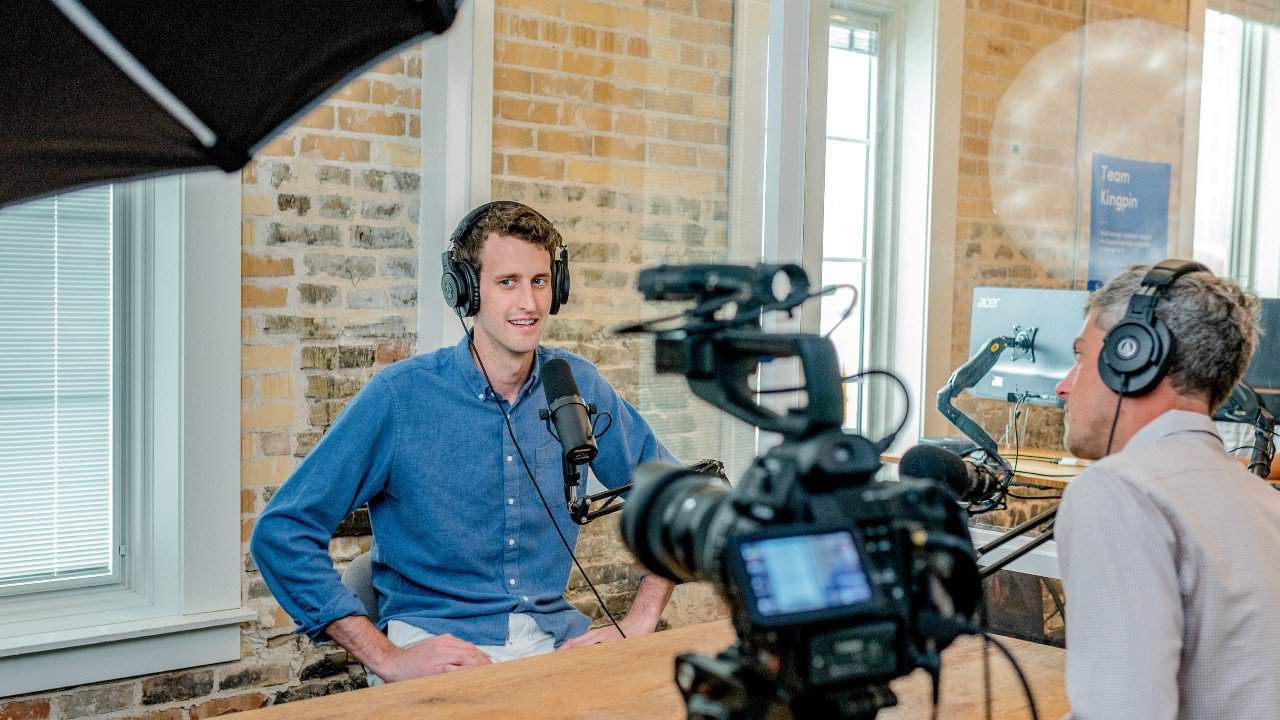
Video marketing is the future of business. It’s not just a fad or trend, it’s a new way of communicating with customers that helps you connect on an emotional level.
And if you want to keep up with your competition and attract more customers, video marketing is something you need to start doing right now. But where should you start? How do you begin? What do all those terms like “SEO” and “audience building” mean in the context of video marketing?
Warm up to Video Marketing
As a business owner, you are likely already aware of the benefits of video marketing. But if you’re still on the fence about investing in this type of campaign, here are some reasons why it is worth your while.
Video marketing can help you:
- Build trust with potential customers by showing them who you are as an organization and what makes you unique;
- Promote your brand and educate clients on what sets you apart from competitors;
- Generate leads by showing off products or services in action (rather than just describing them)
Invest in the Right Technology
To get started with video marketing, you don’t need a lot of equipment. You will need a camera (or smartphone) and some kind of editing software.
This may sound like a lot to take in, but this section will break down the essentials so that you can start producing high-quality content right away.
A good camera is important for any video you produce. You want to make sure your images are crisp and clear so that people can easily see what they’re watching without having to squint or strain their eyesight.
If possible, try using an actual camera instead of using your phone’s camera because it’ll be easier to control the lighting conditions when using dedicated equipment rather than just relying on what’s available through an app on your phone.
In order for people to hear what someone is saying in videos (especially if there are multiple speakers), there must be good audio quality captured during filming so that viewers understand exactly what’s being said without any background noise interfering with their understanding.
Just like with the cameras above; investing in better light sources makes all difference between good footage vs bad footage!
Identify Your Audience
When you know what your audience is looking for, you can tailor your content and messaging to them.
If you don’t have an exact idea of who your target audience is yet, that’s okay! Just start by brainstorming some basic characteristics like location or age range. Once you’ve got those down pat, it’s time to do some research into their buying habits and preferences so that you can create more effective videos going forward.
Decide on a Style for Your Videos
Once you’ve decided on a type of video to create, consider the style. What kind of mood do you want to convey? How much money do you have to spend on this project (and are there any budget restrictions)?
A good B2B marketing video should be visually appealing and easy to understand. A bad B2B marketing video might be something that makes your target audience feel queasy or confused—or worse yet, bored out of their minds. So when choosing a style for your videos, keep these things in mind:
Choose a style that fits your brand’s personality and values; if possible, try using footage relevant to your company’s industry or business function (that way viewers will associate those qualities with whatever product/service they’re trying to sell).
Choose a style that suits the target audience’s preferences; if possible make sure they’ll find it relatable (so maybe don’t go overboard with abstract art).
Choose whether or not there are any budget restrictions so no one gets upset later down the road when things start getting expensive (and believe me—they will).
Create a Script and Storyboard

You’re going to need to create scripts for your videos, so you can create storyboards and shot lists. What is the difference between the three? A script is written out in the form of dialogue, while storyboarding and shot listing are visual representations of what will be said or shown on screen.
Having this information allows you to determine exactly where shots should be taken from so that it best conveys your message. The importance of having all these tools at hand cannot be understated, as they will help ensure that every shot tells its own story within the larger narrative that is told throughout your video production process!
Choose Your Location, Lighting and Music Carefully

Select a location with good acoustics and plenty of natural light. If you have a home studio, make sure it is well-lit and cosy. If you plan on shooting outside, find an area with good lighting that isn’t too windy or noisy.
Make sure that your audio is clear and not muffled by background noise or echoing. You can do this either by using quality equipment (i.e., microphones) or by recording in a quieter area like an empty office space or conference room without acoustic panels on the walls (they create unwanted echo).
Build an Audience Before You Launch
Before you start creating videos, it’s important that you build an audience. This means getting people to subscribe to your video channel and blog.
You can do this by creating a landing page or homepage with information about your company and its products/services, along with a form where visitors can sign up for the newsletter.
This will give you access to their email address so that when you launch, they’ll get an announcement from you in their inboxes! If they don’t want to sign up for an email list (maybe because they don’t like being bombarded by marketing messages), then use social media sites like Facebook or Twitter as sources of promotion for your upcoming launch.
Produce Your Video with SEO in Mind
When it comes to lead generation, the most important thing you can do is create a video that’s optimized for search engine results. You want your video to show up as an answer when someone searches for a question related to your business or industry. To do this, follow these steps:
Use keywords in the title and description. Both should be short and include one or two of the main points you’re going to cover in the video. The first line of each description is highly important; use it as an opportunity to grab searchers’ attention by including something bold or surprising.
In addition, add metadata tags that describe what kind of content you’re creating (such as “how to write a business plan,” “how to make Valentine’s Day cards,” etc.). This will help YouTube recommend it for relevant searches on topics like those.
Publish Videos on Multiple Channels
One of the most important things you can do to promote your videos is to publish them across different platforms. This will not only help you reach more people, but also provide some visual variety in the places where they are being viewed.
Conclusion
If you’re ready to get started with video marketing, or any kind of content marketing for that matter, these tips will help you create an effective campaign. Just remember that it takes time and patience—don’t expect immediate results! The most important thing is that you keep working at it, so your audience can grow over time as they see the value in what you have to offer.